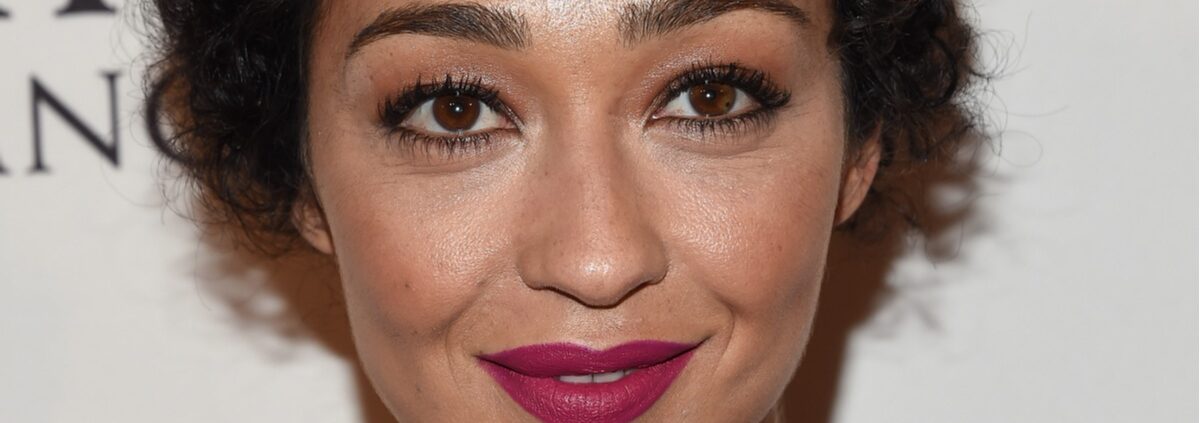In ‘Passing,’ the Steep Cost of Crossing the Color Line
By Soraya Nadia McDonald, The Undefeated
Passing is not just the title of a 1929 novella and a new film streaming on Netflix, but a once-common practice that served as a method of survival in a country founded on, upon other things, white supremacy. For Black and mixed-race people whose genes allowed it, the ability to become white, in a country where whiteness was equal to freedom, opportunity, and social and economic primacy, passing often conferred a life of possibilities out of reach for their darker-skinned counterparts.
Before Emancipation, and well into the 20th century in the United States, the ability to pass was akin to a warped lottery ticket, albeit one with a hefty price. Passing as white was dangerous, and that danger rarely afforded fluidity, instead almost guaranteeing alienation. To keep up the ruse, white-passing Black people had to construct convincing origin stories, and that meant distancing themselves from other Black people and the comfort and familiarity of Black kinship and community.
In her feature film debut, writer/director Rebecca Hall has migrated author Nella Larsen’s story of isolation and envy, safety and transgression, from 1920s Chicago to New York. But every other element of Passing will feel instantly familiar to anyone who has read the story.
It begins on a boiling summer day, with Irene Redfield (Tessa Thompson) having ventured south from her home in Harlem in search of presents for her sons, Ted and Junior.
Irene and her husband, Brian (André Holland), are more comfortable than most Black folks. They live in a well-appointed row house, they own a car and they have a housekeeper, Zulena (Ashley Ware Jenkins), who is darker than both of them. Irene presides over the house and its many staircases, ensuring the Redfields are invited to the right events and that whatever Zulena has on the stove is up to par.
But on this day, Irene, seeking succor from the heat, becomes white for a day and stops in the segregated Drayton Hotel, where she encounters a ghost from the past: Clare Bellew (Ruth Negga), a childhood friend who has so convincingly disappeared into whiteness that Irene doesn’t recognize her until Clare gushes out an old nickname — ’Rene — and emits a familiar laugh.
It would seem that Clare has erased every part of her former Black self, but no. She’s retained and refined a great social weapon: a breezy way of wielding her innate charisma and magnetism so as to be ruinous for everyone around her while maintaining an innocence of her effect on them. She revels in cultivating mystique, even when it’s dangerous, perhaps especially when it’s dangerous. For example, there is the matter of her white, Negro-hating husband John (Alexander Skarsgård). Clare, with what appears to be a high-quality-for-the-era blond wig and her Clara Bow lips, has been engaged in yearslong deceit, one so complete that John refers to her as “Nig” with affectionate irony, so sure is he that his wife is ivory-pure.
How could John not know? How could he not see? As if racist white people have not been engaged in a centurieslong practice of not knowing and not seeing when blindness suits them. In the words of Larsen herself, articulating Irene’s thoughts when she briefly wonders if she’s been made during the one time she’s decided to pass so that she may have tea at the Drayton: “Absurd! Impossible! White people were so stupid about such things for all that they usually asserted they were able to tell; and by the most ridiculous means: fingernails, palms of hands, shapes of ears, teeth and other equally silly rot. They always took her for an Italian, a Spaniard, a Mexican or a Gypsy. Never, when she was alone, had they even remotely seemed to suspect that she was a Negro.”
It’s all too much. By the time Irene returns home, having become acquainted with John and his virulent disdain for Negroes, she resolves to keep her distance from Clare.
It doesn’t work.
Instead, when Irene doesn’t respond to her written entreaties, Clare ventures uptown to the Redfield home, crossing the color line of 110th Street and insinuating herself into Irene and Brian’s lives, for better or worse. Better for Brian, worse for Irene.
Both Hall and Larsen might have connections to Passing’s themes of alienation. Larsen’s father was Black, and her mother was a white Dutch woman. Her parents separated early in her childhood, though, and the biracial Larsen, who was born in 1891, grew up with her white mother and stepfather.
Coincidentally, the woman who would transfer her story to the screen also possesses African American and Dutch heritage. Hall’s mother is biracial (white Dutch and African American) and her father is a white Englishman. Hall’s Black grandfather passed for white for much of his life.
Hall’s plot, while faithful to the story, sometimes ambles forward, particularly in the second act, where she struggles to render Irene’s growing depression. Somehow the swiftness and economy of Larsen’s words do not quite translate to the film’s 99-minute runtime. Passing, shot in black and white, speaks in a language dominated by subtleties — a 4:3 aspect ratio, as opposed to the more traditional 16:9, makes Clare’s and Irene’s lives feel stifled and closed in. The sterile quietude of the sound design amplifies every little tension that arises. Small details become magnified — the pull off a cigarette, the footsteps on the many stairs of the Redfield house, even the closing of a dresser drawer.
Though they might have been useful, there are no flashbacks to the South Side Chicago childhoods of Irene Westover and Clare Kendry, back when they were both unambiguously light-skinned Black girls surrounded by other Black people. It is left to the viewer to fill in the subtext of this frenemyship if they have not read Larsen’s novella. Negga’s performance offers a bit more than Thompson’s, which never quite feels completely at home in the 1920s. Thompson is no stranger to period roles (Sylvie’s Love, Selma), but there is an anachronistic quality to her screen presence, as if she is in the 1920s but not quite of them. Negga, though, is also in the meatier role, one that allows her to be a wily Cool Girl while bewitching almost everyone around her — the more Clare comes around, the more it’s clear that Brian, Junior and Ted have become besotted with her, much to Irene’s growing irritation. Even the resolute Zulena eventually proves receptive to Clare’s charms. Irene is left with a sublimated dissatisfaction that she must bury in high-class niceties.
It seems inevitable, given the house of cards that Clare has built dancing between identities, that something must give. Much like in Larsen’s original text, an end comes swiftly when the disdainful bigot discovers his wife’s secret. When it happens, Clare is surrounded by Negroes, and there is but one exit from the unpleasantries headed her way. Hall and Passing editor Sabine Hoffman attempt a knowing ambiguity, one that will likely leave unsettled viewers pressing rewind as they attempt to understand just what happened to poor Clare and her descent into whiteness.












Leave a Reply
Want to join the discussion?Feel free to contribute!